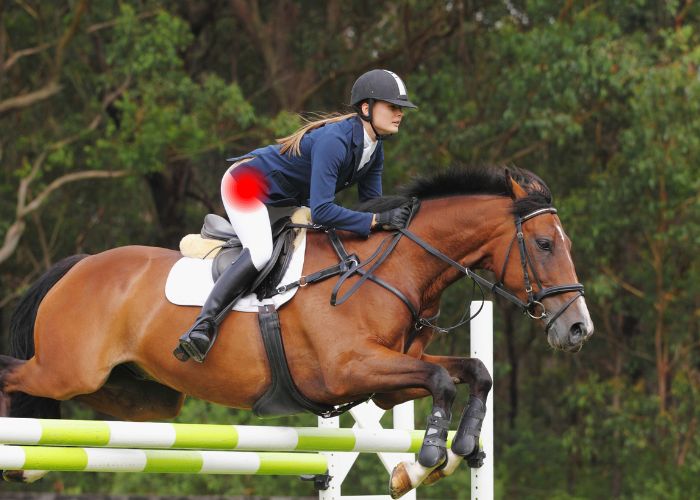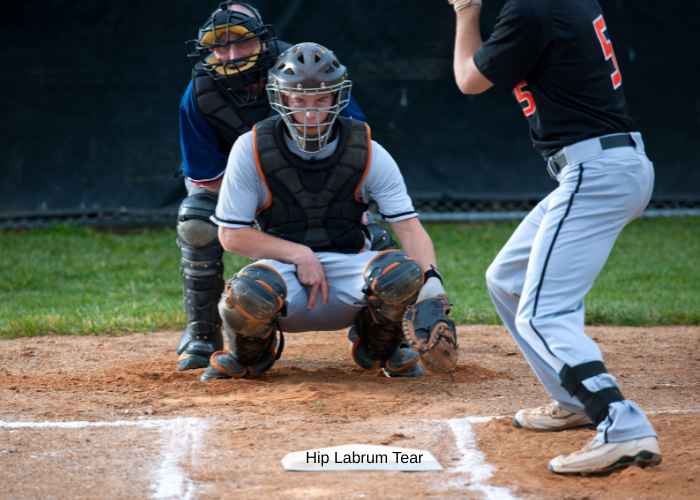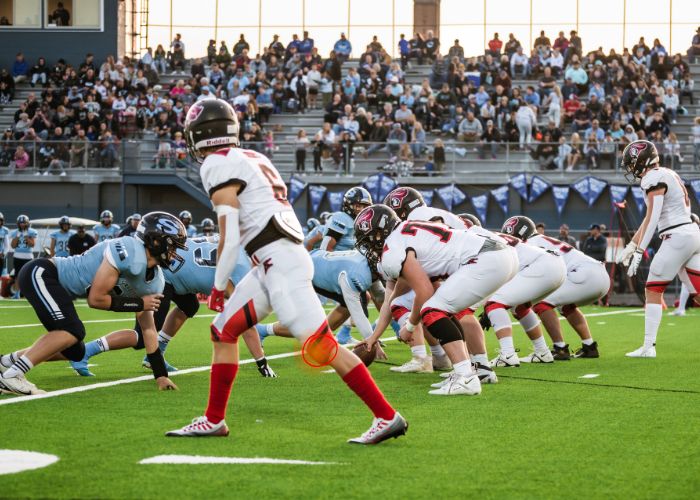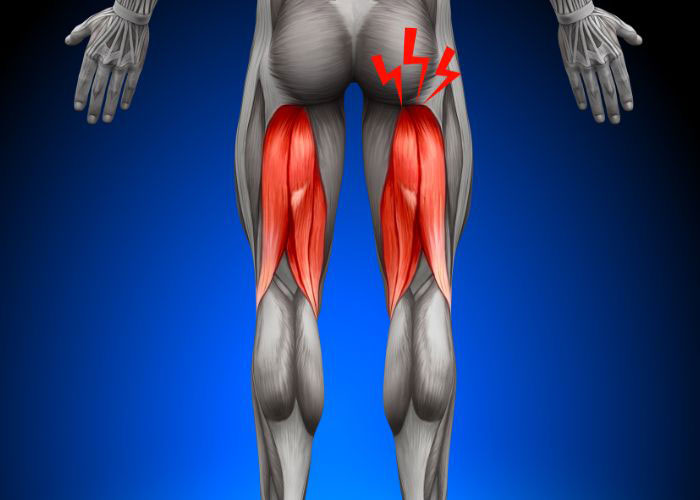Posterolateral Corner (PLC) Surgeon

The PLC or posterolateral corner of the knee is responsible for stabilizing the knee and limiting external rotation. Within this complex region, there are ten separate structures involved in providing stabilization. For this reason it is very important to find a surgeon who has extensive knowledge and experience in treating and repairing damage to the posterolateral corner of the knee. PLC surgeon, Doctor Ronak Mukesh Patel, provides diagnosis as well as surgical and nonsurgical treatment options for patients in Houston, Sugar Land, and Pearland, TX who have sustained an injury to the posterolateral corner of the knee. Contact Dr. Patel’s team today!
What is the PLC or Posterolateral Corner of the knee?
The posterolateral corner of the knee, until recently was called the “dark side of the knee”. Due to the confluence of multiple structures including ligaments and tendons on the back or outside of the knee, this region has notoriously been challenging to diagnose and treat effectively. In the last decade significant research has been done on this particular area of orthopedic knee treatment and highly qualified surgeons are now able to confidently identify the structures in need of repair and reconstruction, allowing highly effective posterolateral corner reconstruction surgery.
The PLC is a meeting point for several structures that provide stability to the knee joint. The primary structures that make up this complex conjunction are the fibular (lateral) collateral ligament (LCL), the popliteus tendon, and the popliteofibular ligament. These tendons and ligaments are primarily responsible for stabilizing the knee and limiting varus or external rotation, although, in this complex region, there are ten separate structures that are involved with providing the stabilization that resists hyperextension, varus (inward) angulation and tibial external rotation.
What is PLC reconstruction?
Posterolateral corner reconstruction is a complex surgical treatment that requires specialized training and experience. The goal of the procedure is to restore stability to the knee joint by repairing or reconstructing the damaged elements within the PLC of the knee. Most patients also have other torn ligaments and meniscus that need to be stabilized. PLC reconstruction may become necessary when the posterolateral corner is torn or damaged due to an injury, such as a car accident, traumatic sports injury, or a serious fall. Damage to this complex area of the knee can lead to significant knee instability, pain, swelling, and difficulty walking or bearing weight on the affected leg. Another symptom that is found in a number of cases is numbness in the ankle due to a nerve that runs in proximity to this group of tendons and ligaments. Dr. Ronak Mukesh Patel, orthopedic knee surgeon, treats patients in Sugar Land, Pearland, and the Houston, Texas area, who have experienced a complex knee injury and are in need of a PLC or posterolateral corner reconstruction.
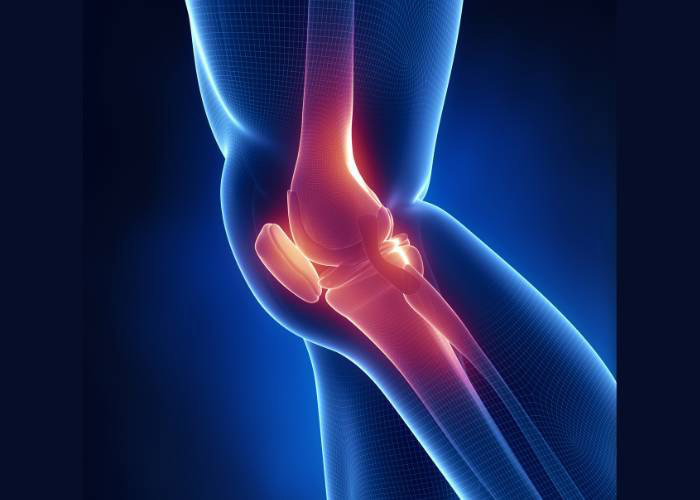
How is PLC reconstruction done?
To diagnose the need for posterolateral corner reconstruction, Dr. Patel will collect a thorough patient history and work through a comprehensive set of tests to examine the knee at varying degrees of flexion and extension, as well as the varying degrees of stress on the knee in those specific tests. He will collect imaging tests, x-rays, and likely an MRI of the area. He will also determine if any other ligaments are involved in the damaged knee. Once Dr. Patel has concluded a PLC reconstruction is necessary, surgery will be scheduled.
The surgical treatment is performed under general anesthesia, it may involve an arthroscopic and open approach. Dr. Patel, will remove damaged tissue and prepare the knee for PLC reconstruction. The damaged structures will be replaced by grafts either from the patient or a donor. The grafts will be secured in place, oftentimes by creating a hole into the bone that allows for the correct anatomical placement and securing with screws or other surgical hardware.
How long does it take to recover from PLC Reconstruction surgery?
Following PLC reconstruction surgery, it typically takes patients 6-8 weeks to return to normal activity and 9-12 months to return to sports.
Your physical therapy team will also implement incremental early range of motion program starting shortly after surgery.
